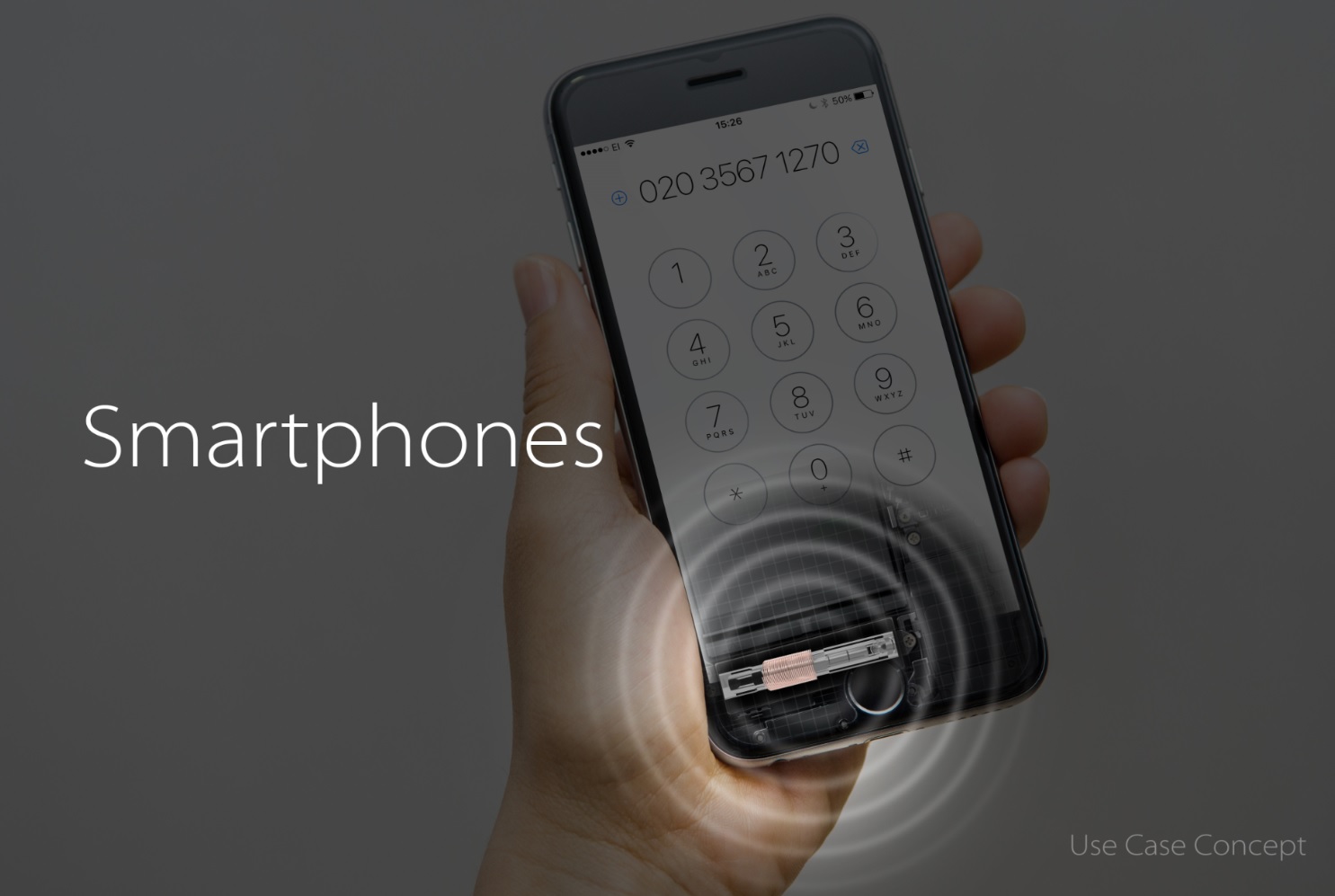Canadian tech company Nanoport has opened a new lab in Silicon Valley to develop next-generation mobile gear, including a new kind of touch feedback (or haptic) technology that could be used in smartphones or game controllers.
Tim Szeto, CEO and founder of Nanoport, said in an interview with VentureBeat that the new lab in Santa Clara, California will grow to about 20 people and will focus on research that is beyond the normal range of product development.

Unlock premium content and VIP community perks with GB M A X! Join now to enjoy our free and premium perks.
Join now →
Sign in to your account.

